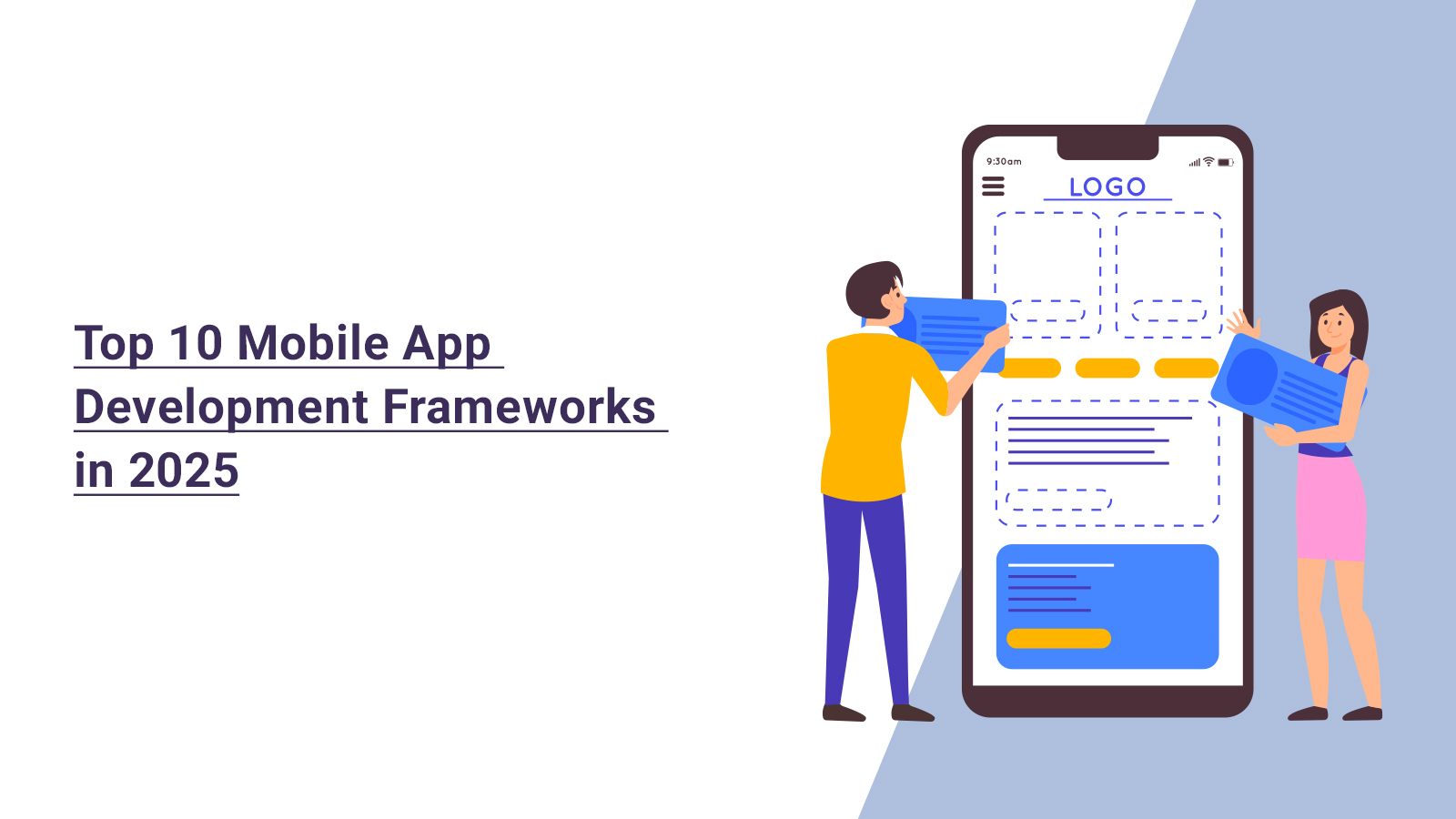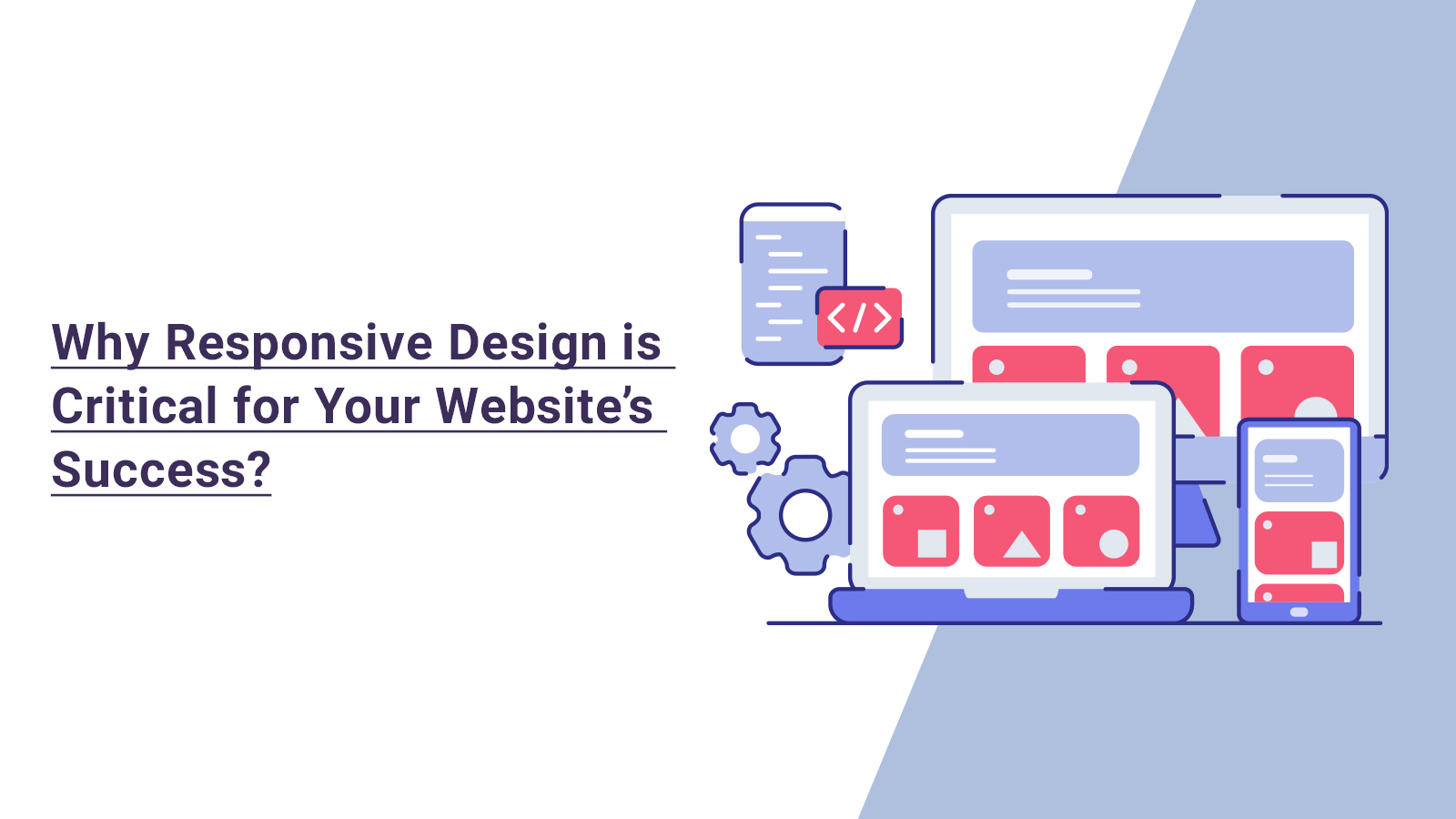In this blog, we’ll explore the top 10 mobile app development frameworks of 2025 and uncover what makes each one unique.
Mobile app development remains a dynamic field in which frameworks are relevant and valuable in the process of creating efficient applications. Selecting the right framework is critical for the success of the mobile app that you intend to develop. These predetermined characteristics influence the app’s performance, speed of development, utilization, and growth.
But there are many frameworks available in the market today, which one to go for?
The author of this blog, Saurabh, finds it important to look into the available options of mobile app development frameworks. The author has an expertise in the field and thus have provided here a spotlight on the top 10 mobile app development frameworks in 2024. He believes in highlighting the tools that can enhance your app development process. Mobile app development is a dynamic field where the right framework can significantly impact the performance, speed, and growth of your application.
Criteria for Selection
When selecting a mobile app development framework, several criteria should be considered:
Performance
Speed is critical in mobile apps. A framework should easily support the user interactions, be fast to load and operate while the memory resources should be efficiently used. Thus, high performance that does not interfere with the user experience and contributes to retaining the user is critical.
Popularity
Basically, popularity has the meaning of reliability and proof of stability of a given framework. Frameworks are well known to a number of developers, as a result they are not as likely to have bugs as compared with frameworks that are new on the market or are not very well known.
Community Support
Developers benefit from community support in many ways. Any problem or bug can easily be indicated as there are tutorials, forum, plugin, and third-party tools available.
Ease of Use
The use of a framework having a positive impact on the level of ease is a critical factor, affecting the whole development process. Frameworks that are somewhat rigid and require a lesser amount of learning time mean that you can work much faster and don’t have to bother with teaching new members.
Cross-Platform Capabilities
With the increasing use of applications that have to be used on multiple platforms, cross-platform capability is a main requirement. A good framework should enable developers to code for an application once and deploy on the different platforms such as iOS and Android but without having to compromise on performance or the quality of the user interface.
You may like: What is the Cost of Mobile App Development in Dubai in 2025?
Leading Mobile Application Development Frameworks in 2025
Let us go through the best mobile app development frameworks in 2025:
React Native
Developed by Facebook, React Native is one of the most popular frameworks for cross-platform mobile app development. It enables the use of JavaScript and React to build native apps and is amongst the best mobile app framework for iOS, Android platforms.
Flutter
Another best app framework is Flutter. Developed by Google, is known for its speed and elegant UI widgets. Based on the Dart language, it includes a fine set of ready-to-use widgets. It has a feature-“hot reload” that allows developers to look for changes instantly, resulting in faster development with minimal bugs.
Xamarin
Owned by Microsoft, Xamarin uses C# and .NET to develop native apps for iOS, Android, and Windows. Its integration with Visual Studio and powerful performance make it suitable for enterprise-level applications. Xamarin.Forms provides a cross-platform UI toolkit, enabling native app development from a single codebase.
SwiftUI
SwiftUI, developed by Apple, is a UI toolkit specifically for iOS app creation. Its declarative syntax integrates seamlessly with the Swift development environment, offering tools to build interactive GUIs. SwiftUI’s real-time previews and compatibility with Xcode enhance the development experience.
Kotlin Multiplatform Mobile (KMM)
Developed by JetBrains, Kotlin Multiplatform Mobile (KMM) allows developers to use Kotlin for creating mobile applications. It enables code reuse between platforms and supports native development when necessary. KMM leverages Kotlin’s strengths and compatibility with Java, making it ideal for modern app development.
Ionic
Ionic is a widely used open-source framework that helps developers create cross-platform apps using web technologies like HTML, CSS, and JavaScript. It offers a set of predefined components and tools for rapid development. Integration with Angular, React, and Vue.js, along with a large plugin library, makes Ionic versatile for complex mobile apps.
Cordova
Apache Cordova allows developers to create mobile apps using web technologies and package them for different platforms. This hybrid mobile app development approach leverages existing web development skills without requiring new language learning. Cordova plugins enhance web-based apps with native device features.
PhoneGap
Now an Adobe product, PhoneGap is similar to Cordova, enabling the development of cross-platform mobile apps using HTML, CSS, and JavaScript. It’s useful for basic apps deployed on multiple platforms. PhoneGap Build, a cloud service, simplifies the compilation process for different platforms.
Sencha Touch
Sencha Touch is designed for building high-performance mobile apps compatible across multiple platforms. It provides a diverse set of UI components and development tools for comprehensive user experiences, especially for business applications. Optimised for HTML5, it ensures compatibility and performance across devices.
Unity
Unity is a cross-platform engine primarily used for game development but is expanding into other mobile app types. It offers a complete solution for developing visually rich 2D and 3D applications. Unity supports various platforms and has an extensive asset store and strong community support, making it ideal for creating powerful and visually appealing apps.
Read our detailed blog on Mobile App Development Process: A Step-by-step Guide for 2025
Conclusion
The decision of which framework to use is the most important step in the process when it comes to creating a successful mobile app. Thus, performance, popularity, community support, usability, and a framework’s ability to work on multiple platforms help eliminate frameworks that are not optimal for your project.
The frameworks mentioned above are paving the way in 2025, offering reliable structures and attributes that offer sound approaches to developing effective mobile applications. These frameworks cover the needs of every app development, be it a basic Gardner’s shed app or a feature-rich app with plenty of modules and unique features.
If you’re looking to create a robust and scalable mobile app, partnering with a professional team can make all the difference. Noortaj Marketing specializes in delivering high-quality mobile app development services tailored to your specific needs. Contact us today to learn how we can help turn your app idea into reality.
FAQs
In mobile app development, the technical architecture comprises three critical layers: The presentation layer is responsible for user interaction and graphical user interface, the business layer regulates the work of different processes and core functions such as security and caching, and the data layer with data management utilities and transactions.
The technology stack in mobile app development consists of three key components: The front end is responsible for user interfaces and is written using platform-specific languages and tools; the back end is for servers, databases, and infrastructure, often leveraging existing solutions; and lastly, the API that integrates the front end and back end as well as third-party services.
There are several types of applications that organizations may consider when it comes to mobile app development. Native apps are developed to target certain platforms, such as Android or iOS, which use languages and tools provided by the OS and are published in respective stores. Cross-platform applications utilize languages such as Xamarin to build code for various OSs, which makes it easier to reuse code but demands extra work to optimize for different platforms. Progressive web apps operate in mobile browsers with capabilities like push notifications, leveraging HTML5 and CSS for interactive features without app store deployment. Hybrid apps blend native functionality with web technologies for broader device compatibility.






